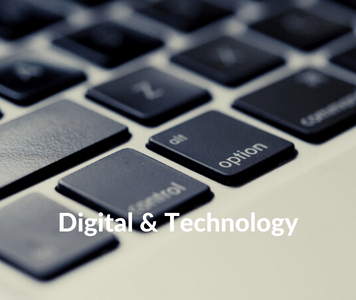
IMPACT
We are about transformative and focused change
Button
EXPERIENCED
We have insight across sectors and industries
Button
PARTNERS
We build trusted and lasting relationships
Button
LEADERS
We are proud of the mark we leave
Button
CONNECTORS
We are the link between personal and business possibility
Button
NAVIGATOR
We are navigators of possibility
Button
CHALLENGER
We are entrepreneurial in spirit and action
Button

IMPACT
We are about transformative and focused change
Button
EXPERIENCED
We have insight across sectors and industries
Button
PARTNERS
We build trusted and lasting relationships
Button
LEADERS
We are proud of the mark we leave
Button
CONNECTORS
We are the link between personal and business possibility
Button
NAVIGATOR
We are navigators of possibility
Button
CHALLENGER
We are entrepreneurial in spirit and action
Button
Our Expertise
Board
At Derwent, we have a deep understanding of board composition, structure, duties, and responsibilities gained through extensive experience across industry sectors.
Digital and Technology
Derwent’s specialty Digital & Technology practice appoints key executives in digital and technology businesses whilst also working across all industry sectors to find high impact technology leaders to drive digital transformation.
Executive Search
Sourcing, assessing and selecting top performers are essential features of an organisation’s talent acquisition strategy.
Interim Solutions
Derwent Interim Solutions appoints executives on interim assignments across industries, functions, and locations, providing immediate impact.
Private Equity
In today's world, Private Equity firms are being challenged by the new demands from businesses, forcing...

Derwent is one of Australia’s leading Executive and Board search firms, with over 28 years of success.
Derwent’s team of expert consultants advise on Board, CEO, leadership appointments and interim solutions across all major industry sectors and settings, including listed entities, private companies, private equity, government, and for purpose.
As a leading talent advisor to mid-market businesses, Derwent also brings a challenger brand and flexible approach to supporting larger enterprises and major partners, with a proven track record in aligning talent that empowers organisations to develop and deliver their strategic objectives.
Our long-term success in identifying and connecting high impact talent with thriving organisations has enabled us to build the network, insight and technology to support our clients’ strategies of the future.
Our Industries
Consumer and Retail
Today, the retail and consumer industry remain in a transitional state. Leisure experience, nutrition, fitness...
Digital and Technology
Digital disruption is the driving force impacting every facet of Australian life, transforming the very existence...
Education
Success in the Education industry is driven by the ability of educators to positively impact future generations...
Financial Services
The Financial Services industry is facing an evolution beyond the anticipated changes in political,...
Healthcare
Today, the growing and diverse health industry spans beyond healthcare into the pharmaceuticals, devices,...
Industrial
Underwriting the Australian economy is our considerable natural resources endowment and the diverse set of...
Our news




Building Resilience for Organisational Excellence Recap: Key Insights from Our Recent Event in Perth


















